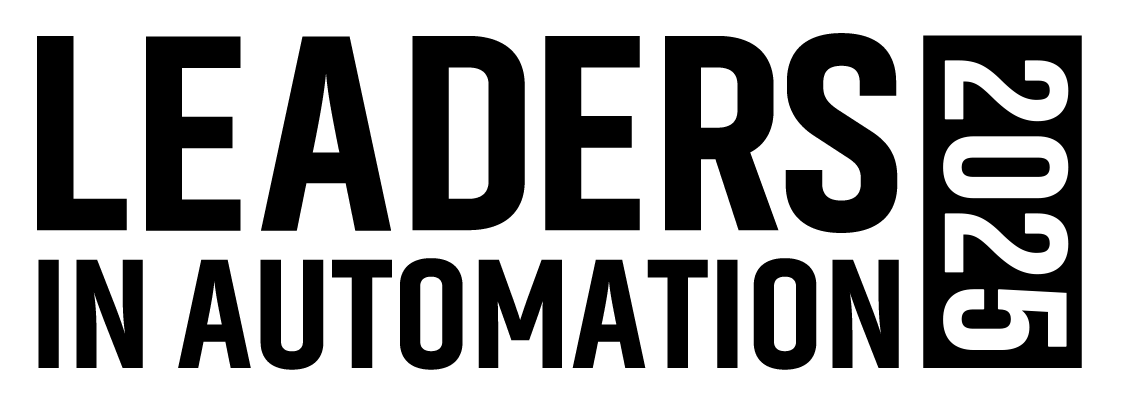New Intrinsically Safe I/O Platform Improves Connectivity in Hazardous Areas
Manufacturers and industrial operators can now bring devices deployed in hazardous areas into The Connected Enterprise via EtherNet/IP using the new Allen-Bradley Bulletin 1719 Ex I/O platform from Rockwell Automation. With the new platform, users can access data from field devices and more easily control process operations in hazardous areas.
As part of the PlantPAx distributed control system (DCS) from Rockwell Automation, the Bulletin 1719 Ex I/O allows users to monitor operations using a common platform that communicates with the DCS or other automation systems. This helps create a seamless flow of information throughout the plant and enterprise.
“The Bulletin 1719 Ex I/O platform is ideal for organizations that are embracing smart manufacturing and seeking to capitalize on the power of their own information in a Connected Enterprise,” said Joe Rosing, product manager, Rockwell Automation. “The platform’s EtherNet/IP interface and HART 7 protocol support help users more easily integrate real-time device and sensor data into their PlantPAx system.”
The new I/O platform is integrated into the Rockwell Software Studio 5000 design environment, which simplifies the user experience and can help reduce configuration time. In addition, an EtherNet/IP device-level-ring (DLR) adapter enables DLR topology to help improve network resilience, and an optional N+1 power supply provides power redundancy.
The distributed I/O platform is certified for mounting in Class I, Division 2 (North America) and Zone 2 (global) hazardous areas. As intrinsically safe I/O, it connects to field devices in Class I, Division 1 (North America) and Zone 1 (Global) hazardous areas.
Three chassis models are available, providing scalability for anywhere from eight to 45 I/O modules on a single adapter. Once operational, a removal-and-insertion-under-power (RIUP) feature allows users to replace modules and make connections while a system is running in the absence of a hazardous atmosphere. This can help improve maintenance flexibility and increase system uptime.
The I/O platform operates in a wide temperature range and is designed for use in industries with hazardous applications, such as oil and gas, chemical, life sciences, pharmaceutical, and food and beverage.
For more information, click here
